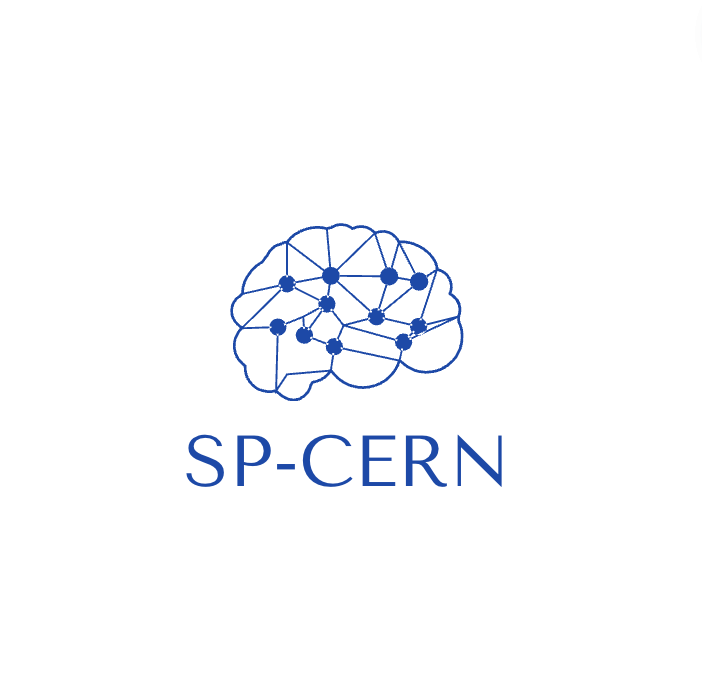Collaborative research on Hereditary Spastic Paraplegia is essential for advancing diagnostics, clinical trials-readiness, and developing novel therapeutic approaches. These intertwined efforts mutually reinforce progress in understanding and addressing these neurological conditions.
The Spastic Paraplegia – Centers of Excellence Research Network (SP-CERN) Natural History Study aims to gather comprehensive information on various aspects of the condition, including clinical features and disease progression. The data collected through this natural history investigation will contribute to developing new therapies for HSP and guide counseling and symptomatic management. Additionally, the study will offer valuable insights into designing and selecting clinical trial endpoints for future therapeutic interventions.
Guiding Principle
A carefully designed multi-center network fosters collaboration, leverages diverse expertise, optimizes resource utilization, and accelerates the generation of critical data, ultimately advancing clinical trial readiness and improving healthcare outcomes.
Study Objectives
- 1a: Establish a Central Administrative Core
- 1b: Establish a Career Enhancement Core
- 1c: Establish a Pilot/Feasibility Project Core
- 2a: Establish a clinical trial readiness platform for HSP
- 2b: Develop genomic resources and studies for SP-CERN
- 2c: Investigate digital surrogates for disease progression in HSP
- 3a: Build a collaborative network with patient advocacy groups
- 3b: Harmonize the SP-CERN study protocol internationally
- 3c: Contribute to the RDCRN’s broader mission
Participation Criteria:
Project 1: A PLATFORM FOR CLINICAL TRIAL READINESS FOR HEREDITARY SPASTIC PARAPLEGIA
In the SP-CERN Natural History Study, the study population will consist of patients of all ages with (1) a clinical and molecular diagnosis of SPG4 (SPAST), SPG3A (ATL1), SPG47 (AP4B1), SPG50 (AP4M1), SPG51 (AP4E1), SPG52 (AP4S1), SPG49 (TECPR2), SPG56 (CYP2U1), SPG83 (HPDL), & GPT2 Deficiency.
Project 2: GENOME RESOURCES AND STUDIES FOR SP-CERN
In Project 2 of SP-CERN, the study population will consist of patients of all ages with (1) a clinical diagnosis of hereditary spastic paraplegia, and (2) no genetically confirmed diagnosis.
Project 3: DIGITAL SURROGATES FOR DISEASE PROGRESSION IN HEREDITARY SPASTIC PARAPLEGIA
In Project 3, we will recruit male and female participants 125 young children aged 3-10 years, and 100
adolescents and adults with a clinical and molecular diagnosis of hereditary spastic paraplegia type 4 (SPG4,
SPAST), hereditary spastic paraplegia type 3A (SPG3A, ATL1) or another genetic subform of HSP. Patients
must be ambulatory with or without the use of orthoses, cane, or walker.
To be eligible to participate in this study, candidates must meet the following eligibility criteria at screening:
Study Plan
The Spastic Paraplegia – Centers of Excellence Research Network (SP-CERN) is a collaborative research consortium dedicated to advancing the understanding, diagnosis, and treatment of hereditary spastic paraplegia (HSP). Aims of the consortium are to:
a) perform natural history studies of HSP subtypes
b) discover and validate biomarkers and clinician- and patient-reported outcome measures
c) uncover HSP’s molecular pathophysiology and develop rational therapeutic targets
d) perform sufficiently powered clinical trials.
The current pilot study is aimed at enrolling 100 individuals with hereditary spastic paraplegia type 4 (SPG4) or hereditary spastic paraplegia type 5A (SPG5A).

